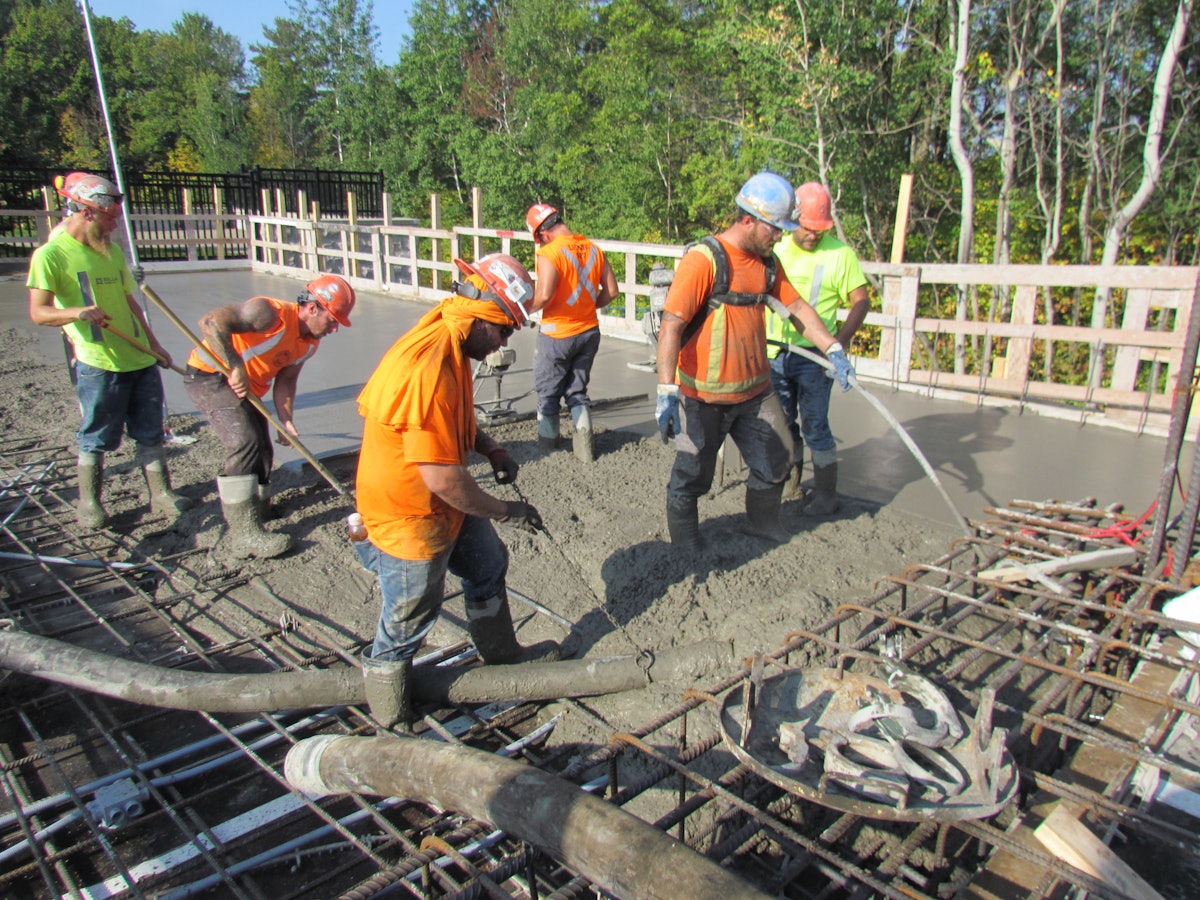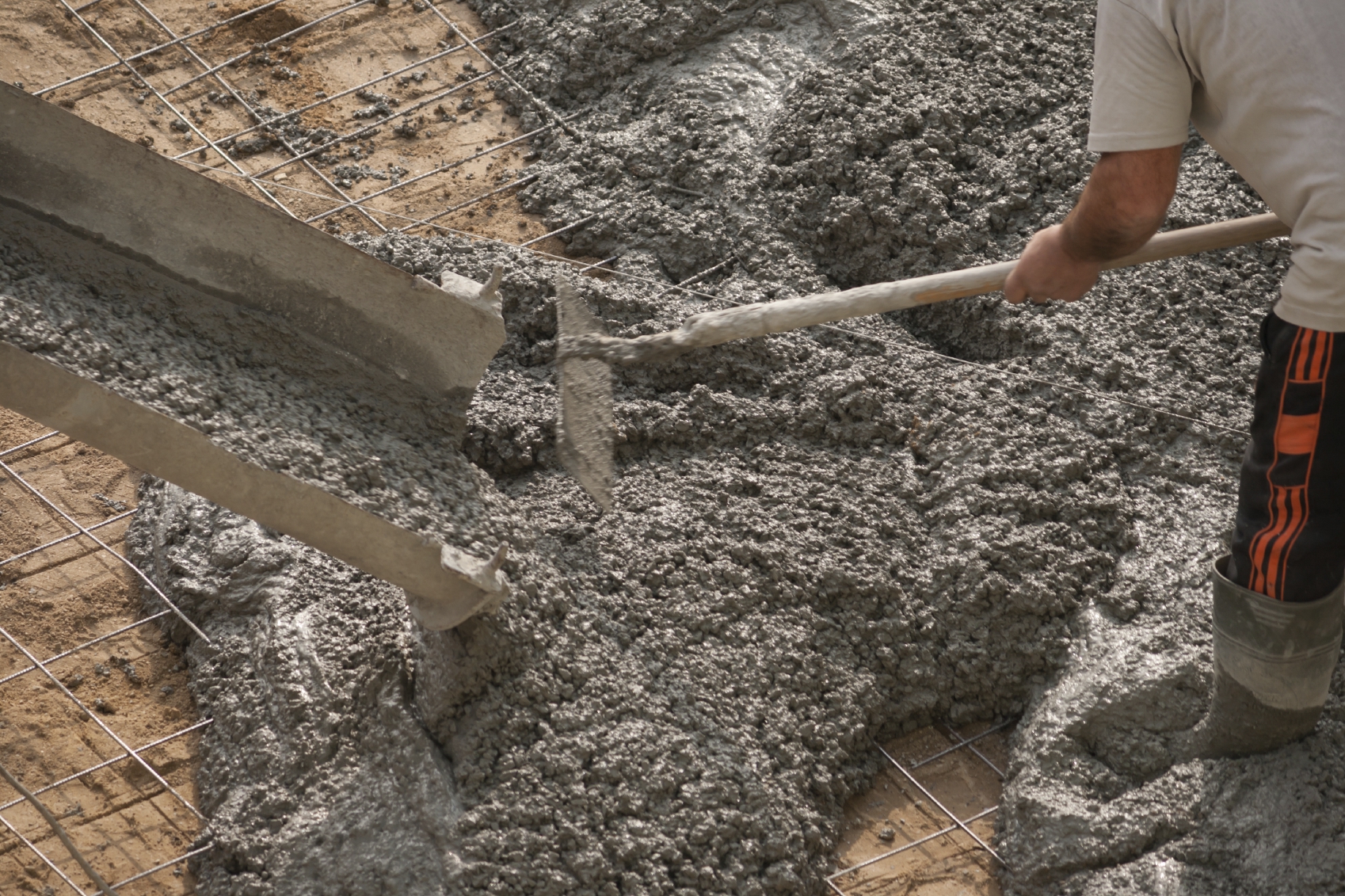The Crucial Function of Concrete Foundation in Structural Integrity and Durability
When it pertains to developing a home, the foundation is more crucial than you may think. Concrete structures provide unequaled stamina and longevity, ensuring your structure can hold up against different ecological challenges. Without a strong base, you take the chance of potential issues like moving or fracturing, which can endanger safety and security and value. Recognizing the subtleties of concrete structures might be the secret to maintaining your investment for many years ahead. So, what should you take into consideration following?
Recognizing the Significance of Concrete Foundations
Concrete foundations are crucial to the overall security of any structure, as they provide the necessary assistance required to stand up to different loads and ecological problems. When you think about building a home or an industrial space, the structure is the initial thing you must think about. It acts as an obstacle versus wetness, protecting your home from water damage. A well-placed concrete structure additionally stops settling and changing, which can cause splits in wall surfaces and floorings. You'll intend to assure that the foundation is effectively designed and strengthened, as this influences the durability of your structure. Additionally, a solid structure can improve energy efficiency by minimizing air leaks. Bear in mind, disregarding the value of a concrete foundation can result in expensive repairs down the line. Spending in a high quality structure upfront is essential for the honesty and durability of your structure.
Advantages of Concrete Foundations for Architectural Stability
While lots of variables add to a building's architectural integrity, concrete structures offer unmatched durability and toughness. You'll appreciate that concrete can withstand severe weather, standing up to both moisture and temperature variations. This resilience means your structure is less most likely to experience cracking or changing over time, which can compromise its safety.Additionally, concrete's fundamental weight provides a strong base, preventing motion throughout all-natural events like quakes or floods. When you select a concrete foundation, you're likewise opting for low upkeep; unlike wood, it won't rot or attract parasites, saving you time and cash in repairs.Moreover, concrete's fire resistance supplies included security, guaranteeing your framework can sustain heats without considerable damage. Generally, investing in a concrete structure suggests you're focusing on the lasting security and integrity of your structure, making it a sensible option for any type of building and construction job.
Typical Kinds Of Concrete Foundations
When it pertains to constructing structures, understanding the common types of concrete structures can help you make educated selections for your project. The most prevalent types include slab-on-grade, crawl space, and full basement foundations.A slab-on-grade foundation is a simple, affordable choice, where a thick concrete slab is put directly on the ground. This kind works well in warm environments, as it reduces warmth loss.Crawl room foundations boost the home somewhat above ground, permitting for air flow and access to pipes and electrical systems. This style can help stop moisture issues.Full basement structures supply added living or storage room while supplying excellent structural assistance. They call for even more excavation and are typically made use of in chillier climates to stop frost heave.
Factors to Consider When Creating a Concrete Foundation

Best Practices for Setting Up Concrete Foundations
When you're mounting a concrete foundation, appropriate site prep work is necessary to assure security (West Coast GE Concrete contractors). You'll additionally require to recognize support methods to boost toughness and longevity. Do not forget the healing procedure, as it plays a fundamental duty in achieving a strong structure.
Website Preparation Relevance
Although it might appear simple, appropriate website prep work is essential for ensuring a strong and sturdy concrete structure. Start by removing the area of any kind of particles, vegetation, or natural material that could compromise the structure's honesty. Next, evaluate the dirt kind and compaction; you may require to excavate or include materials to develop a steady base. Level the ground to assure also weight distribution and prevent settling issues later on. Installing appropriate drain systems is likewise important to avoid water accumulation, which can weaken the structure with time. Lastly, define the foundation's dimensions precisely to lead the pouring process. By complying with these steps, you'll set the phase for an effective concrete foundation that stands the examination of time.
Reinforcement Strategies Described
When the site is effectively prepared, the next action in assuring a durable concrete foundation entails executing effective support techniques. You ought to start by utilizing steel rebar, which provides tensile strength and helps stop cracking. Lay the rebar in a grid pattern, making certain it's raised utilizing spacers to keep appropriate insurance coverage. Furthermore, take into consideration using cord mesh for extra assistance, especially in areas based on heavy tons. Do not forget to link the rebar junctions safely with cord. For larger structures, fiber reinforcement can enhance resilience, lowering the risk of contraction splits. Constantly adhere to regional building ordinance and guidelines to ensure conformity. By using these reinforcement strategies, you'll greatly enhance your foundation's strength and longevity, laying a solid groundwork for your framework.
Treating Refine Essentials
To ensure your concrete foundation cures properly, it's important to maintain adequate moisture and temperature problems quickly after putting. Start by covering the surface area with a wet cloth or plastic sheeting to keep wetness. This keeps the concrete moisturized, stopping splits and making sure strength. You should additionally keep an eye on the temperature; perfect curing conditions are between 50 ° F and 90 ° F. If it's also warm, haze the surface area frequently to avoid fast dissipation. For winter, take into consideration utilizing shielding blankets to keep heat. Go for a curing duration of at the very least 7 days, as this is crucial for ideal toughness development. By complying with these best methods, you'll enhance your foundation's longevity and durability, making certain structural integrity for many years to come.
Maintenance of Concrete Foundations for Long Life
To maintain your concrete foundation solid and lasting, routine like it assessments are important. You ought to also assure reliable drainage options remain in location to avoid water damages. If you find any cracks, addressing them promptly will save you from bigger issues down the line.

Routine Inspections and Evaluations
While routine assessments and evaluations may seem like a task, they're necessary for keeping the stability of your concrete foundation. By routinely looking for fractures, shifts, or indications of wear, you can catch potential issues before they rise into costly repair work. Try to find any kind of water merging around the foundation or unusual settling, as these can signify underlying troubles. It's likewise smart to keep an eye on any kind of adjustments in your home's structure, like doors that stick or home windows that don't open smoothly. Maintaining a document of your evaluations aids track modifications with time, allowing for aggressive maintenance. Ultimately, these assessments ensure your structure stays stable, sustaining the durability and safety of your whole framework. Do not ignore this crucial facet of homeownership!
Efficient Drain Solutions
Normal inspections can expose problems like drainage problems that could compromise your concrete foundation's security. To stop water accumulation, assure your gutters and downspouts straight water away from the foundation. Installing French drains pipes can effectively reroute surface area and groundwater, lowering stress on your foundation wall surfaces. Furthermore, rating the soil around your home assists assure that water moves away, instead of merging near your foundation.Consider using sump pumps in areas prone to flooding, as they proactively eliminate excess water. Frequently look for blockages in water drainage systems and clear them promptly. You'll secure your foundation's integrity and longevity by taking these proactive actions. Remember, efficient water drainage solutions are vital for keeping a solid, resilient concrete foundation.
Motivate Split Services
When you see cracks in your concrete structure, resolving them without delay is important for preserving its long life. other Tiny splits can quickly develop into larger issues, jeopardizing the architectural integrity of your home. Frequently check your structure for indicators of damages, such as straight or upright cracks. If you find any, do not wait-- fix them instantly. You can use epoxy shots or concrete patching compounds, which work for securing fractures. Always follow the producer's instructions and think about getting in touch with an expert for significant damages. Keep in mind, timely fixings not only enhance your structure's resilience but also conserve you money in the future by stopping much more extensive repair services down the line. Stay aggressive, and your foundation will continue to be strong and secure.
Attending To Typical Problems With Concrete Foundations
Concrete structures can deal with numerous problems in time, making it crucial to identify and address them without delay. Among the most usual issues is splitting, which can occur because of temperature level fluctuations or resolving soil. If you discover splits, it's vital to assess their size exposed aggregate with stamped border and depth; tiny cracks can typically be secured, while bigger ones may need specialist evaluation.Water breach is an additional significant worry. Excess wetness can cause mold and mildew growth and architectural deterioration. Warranty appropriate water drainage around your foundation to minimize this danger. In addition, search for indicators of shifting or bowing wall surfaces, as this can show underlying concerns with your structure's stability.Regular inspections are fundamental to capture these problems early. If you find any type of worrying indications, do not wait to speak with a foundation specialist. By remaining positive, you can maintain the honesty and long life of your concrete foundation, assuring your home continues to be secure and protected.
Regularly Asked Inquiries
Exactly How Does Dirt Kind Impact Concrete Structure Performance?
Dirt kind greatly impacts concrete structure efficiency. If you have actually got expansive clay, for circumstances, it can trigger shifting and breaking. Sandy dirt might cause settling. Understanding your soil assists ensure a secure structure.
Can Concrete Foundations Be Fixed if Harmed?
Yes, you can fix broken concrete structures. Depending upon the level of the damage, techniques like epoxy injection or piece jacking can bring back stability. It's ideal to get in touch with a specialist for efficient solutions.
What Is the Common Life-span of a Concrete Foundation?
A concrete structure typically lasts 30 to 100 years, relying on aspects like dirt problems, climate, and maintenance. You'll want to keep an eye on it to assure it stays in great form throughout its life expectancy.
Are There Alternative Materials to Concrete for Foundations?
Yes, there are alternatives to concrete for foundations, like steel, timber, and even recycled products. Each option has special benefits and drawbacks, so you must consider your project's details demands when selecting the ideal material.
How Does Environment Effect Concrete Foundation Longevity?
Climate significantly affects concrete foundation sturdiness (West Coast General Engineering industrial concrete). Severe temperature levels, wetness, and freeze-thaw cycles can damage the material, leading to splits and structural concerns. You need to consider regional climate conditions when planning your structure to assure long-term efficiency